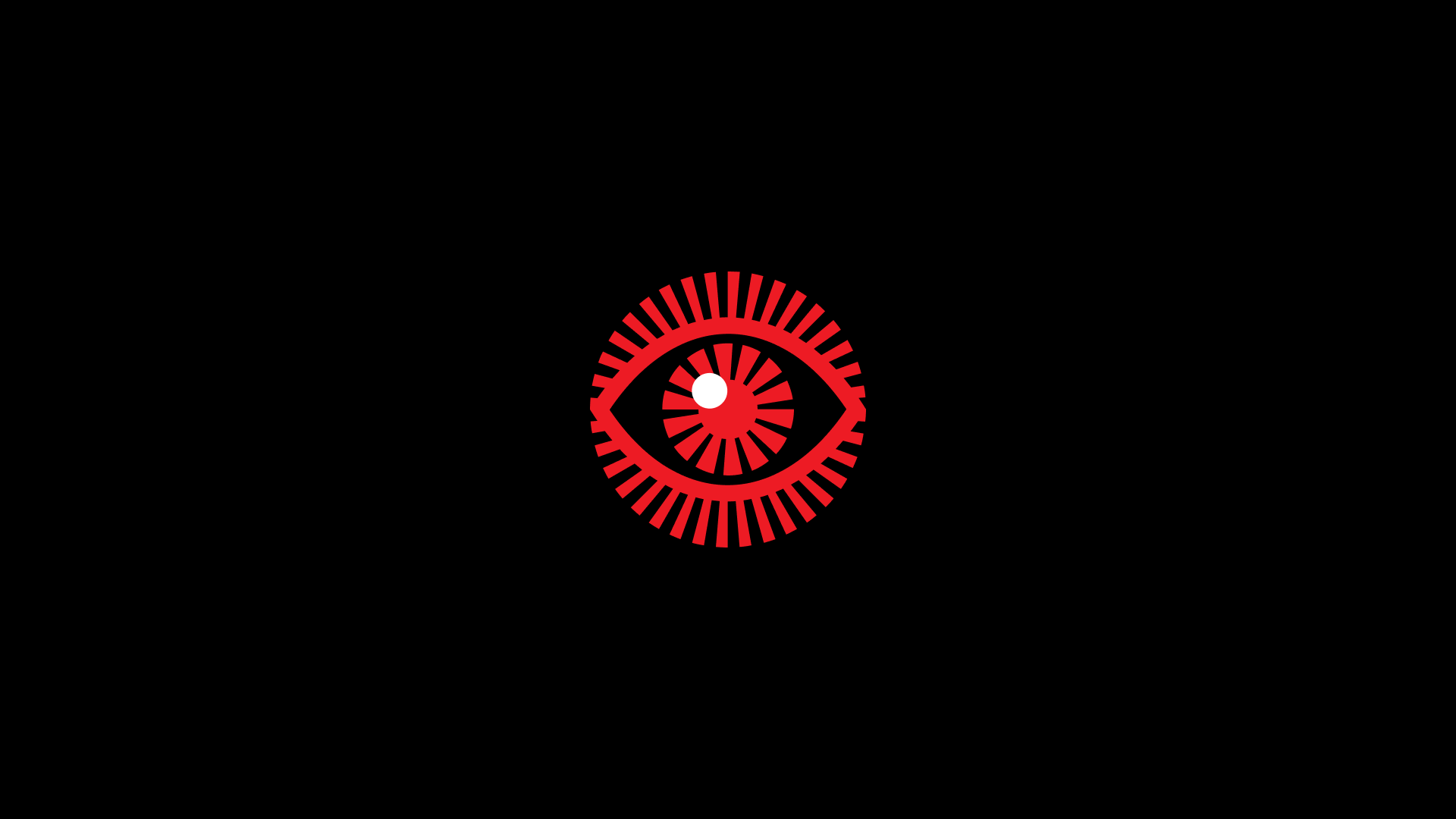Prioritization helps us to determine which features or elements to prioritize based on user needs, project goals, and other constraints. This phase typically follows the “Define Themes” phase and is focused on organizing and ranking design requirements, features, or elements in order of importance.
Here are some practical steps that you can take during this phase:
Identify and rank design requirements
Based on the design brief and other research data, designers can create a list of design requirements, and rankYou cannot do everything, and the product would be worse if it included everything. Thus, UX relies heavily on prioritization to determine what features add the most value relative to the resources needed to deliver them.
This stage helps us prioritize features or elements based on user needs, project goals, and other constraints. This ensures that the most critical requirements are addressed first.
Conduct a stakeholder analysis: Designers should consider the needs and preferences of all project stakeholders, including users, business owners, developers, and designers. This can help ensure that the design prioritization is aligned with the needs and goals of all stakeholders.
Use a prioritization matrix
As UX practitioners, we are often caught in a balancing act: usability improvements, tasks to be done, design ideas, personas, resources—the list goes on. The reality is that not everything can be done at once. Making an informed decision on what to prioritize can be daunting. A prioritization matrix helps identify the most important problems. This structured, objective approach helps achieve collaborative consensus while satisfying the varied needs of the users and businesses.
Determine trade-offs
Sometimes, it may not be possible to address all design requirements or features due to budget or time constraints. In such cases, designers must determine the trade-offs and strategically decide which features or elements to prioritize.
Test and iterate
Prioritization is an ongoing process, and designers should continue to test and iterate on the design to ensure that it meets the users’ and stakeholders’ needs and goals.

